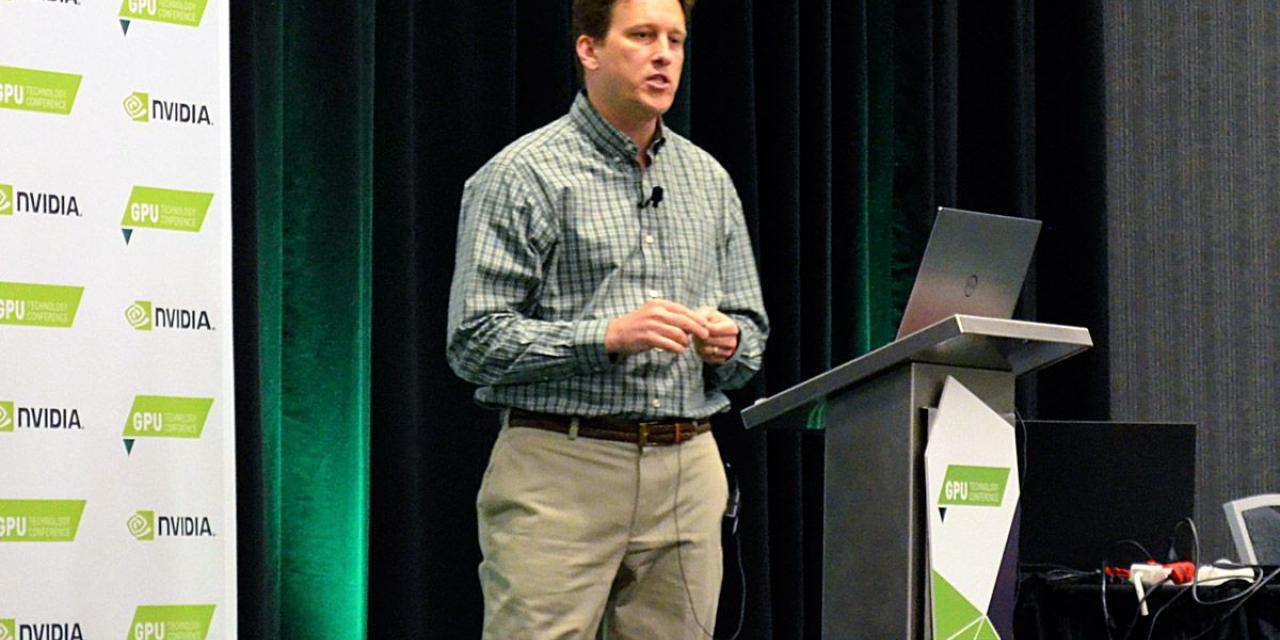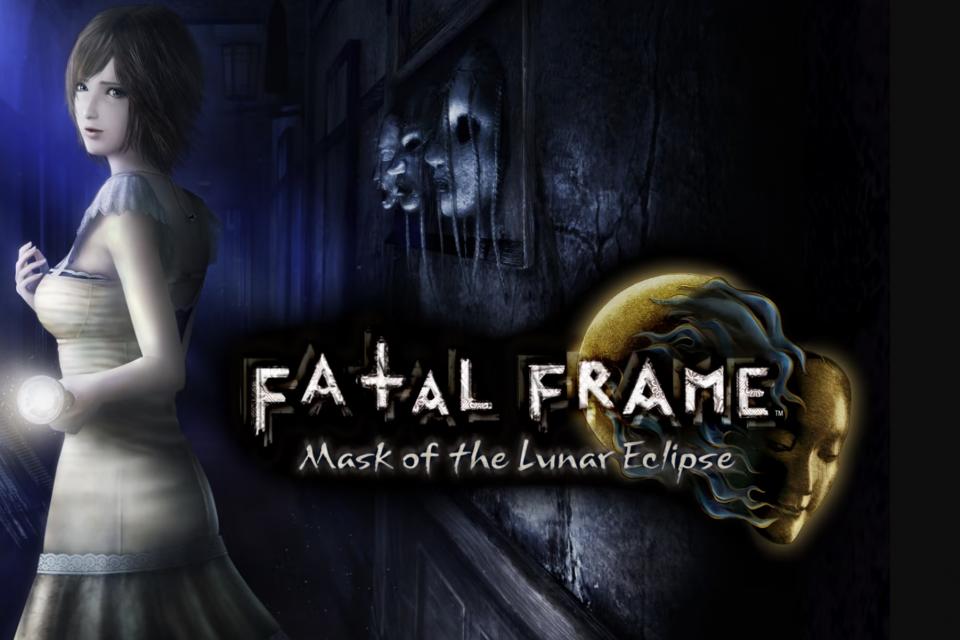
Latency is one of the most important factors that define the quality of Virtual Reality systems. "Motion to photons latency" is the term commonly used to describe the lag which inevitable occurs between the user giving an input such as moving his head and its results being rendered. Between those two points, there are several sources of latency, from input detection to input processing to scene rasterizing to the actual illumination of individual pixels.
NVIDIA was able to create a "Zero Latency Display" that effectively eliminates all display-introduced lag. The prototype was showcased by Nvidia Vice President of Research David Luebke in a special "sneak peek presentation" during Nvidia's GPU Technology Conference (GTC) 2016.
Current state of the art VR displays run at 90Hz, which is accepted by the industry as a suitable refresh rate for comfortable VR viewing. Nvidia's new display is 19 times faster than that with a refresh rate of 1,700 Hz. Luebke noted that while 90 Hz is good enough for a smooth VR experience, the extra few hundreds frames per second do make a worthwhile difference.
"If you can apply this to a VR display, that kind of ultra-low latency would help things stay rock-solid in the environment, to the point that the display would no longer be a source of latency. So this is effectively a zero latency display," claimed Luebke.
Experts generally agree that end-to-end motion to photons latency should not exceed 20 milliseconds for a smooth virtual reality experience. A 90 Hz display renders one frame every 11 milliseconds whereas a 1,700 one would render a frame every 0.59 milliseconds. This is quite an achievement as it would practically shave off 10 milliseconds from the total motion to photons latency. Those precious milliseconds can be used for further processing, but Luebke believes that they are better off being used in improving VR fluidity. The Nvidia VP of Research noted that VR experience gets noticeably better near the 10 milliseconds latency mark and that measurable benefits can be witnessed all the way down to 1 millisecond latency.
Nvidia currently has working prototypes of the Zero Latency Display, but there is no word yet regarding its plans for releasing it to consumers.
Credits: The YouTube recording of Luebke's presentation was shot by Road To VR.








